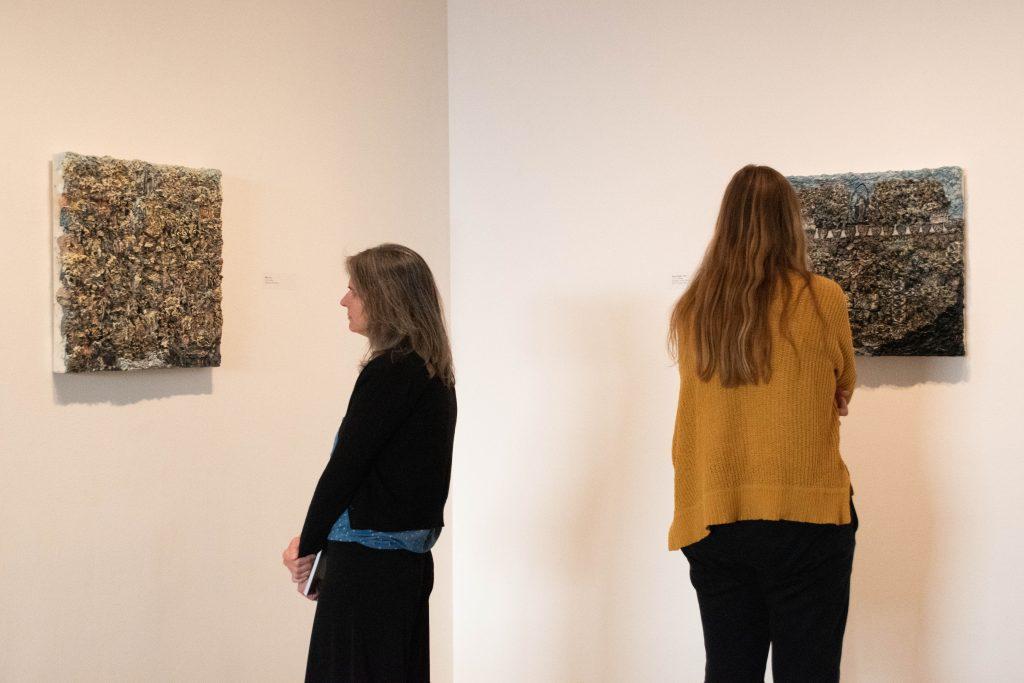
Weisman Museum welcomed Dr. Chad Duffy, assistant professor of English and director of the Social Action and Justice Colloquium, to discuss the importance of visual accessibility on Pepperdine’s campus.
Duffy began his informational session by sharing that, even though he is not an art professor, he is still fascinated by art and language.
“I’m very interested in the way that language and text brings us together as humans, as people [and] how we relate to each other through these various forms of communication,” Duffy said.
He said, like himself, anyone could do image description without the expertise of an art historian or artist.
“You can still do image description,” Duffy said. “Your description is still valuable.”
He gave an overview of the session and emphasized that he would be discussing what access is, concepts of access and culture of access. He also let attendees engage in the session and provide their definitions of access.
Together, Duffy and attendees defined access as a thing that has power and changes something so that it can be more inclusive.
“Those who have access then have the ability to act upon that power,” Duffy said. “Whereas, those who do not are not included in that space of being able to take action.”
Through the beginning of the session, Duffy used sources of scholars in his field to examine what it would look like to develop a culture of access in rhetoric and composition studies.
“These critiques ask us to examine complex and intersecting politics around identity, who you are, participation and who has the power of access,” Duffy said.
Duffy said that the goal with image description is to gain insight and think differently in terms of access in any space beyond a museum.
“It’s going to be just thinking differently about how we access this space and how we can make our experience and how we make that accessible to other people,” Duffy said.
Duffy gave an example of a clip from the movie “Isle of Dogs,” which received backlash for its captions and has been removed from online. The clip showed how the captions said “Bark” every time the dog talked instead of the actual words.
“These captions are not creating access for deaf or hard of hearing people,” Duffy said. “What we hear is not what we’re reading; although, there seems to be something kind of going on here.”
Duffy continued the session with other image description examples: Christina Sun Kim’s “The Sound of Temperature Rising” and Tommy Edison’s video on his perspective of colors.
In the middle of the session, Duffy gave the audience a link to practice image description with the new Pepperdine logo. They had the chance to go around the museum and practice their own image descriptions based on the art they saw.

Sophomore Alexandra Terziev, who works in the Weisman Museum, said she loved the event and learning about the ways people interpret color and art pieces.
“You can think about how somebody perceives one thing may not be the same thing that you perceive it as,” Terziev said.
___________________
Follow the Graphic on X: @PeppGraphic
Contact Viviana Diaz via email: viviana.diaz@pepperdine.edu

